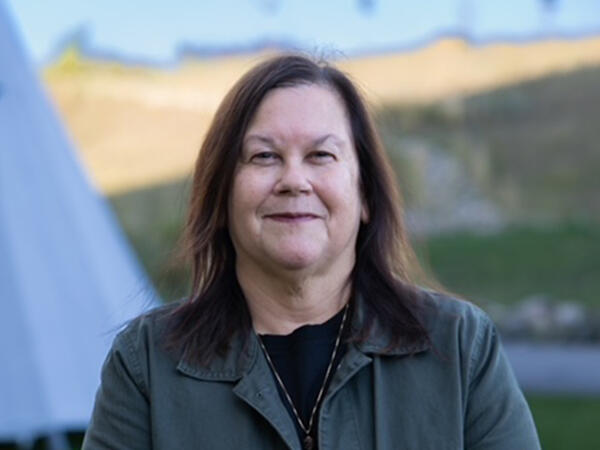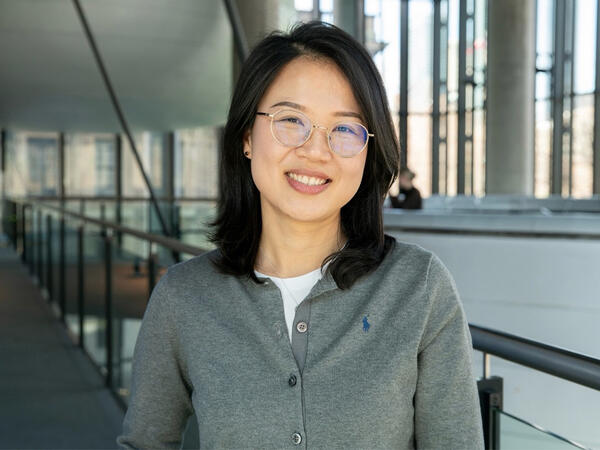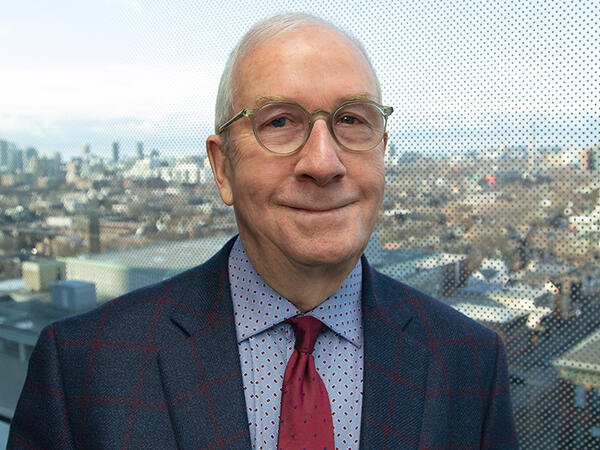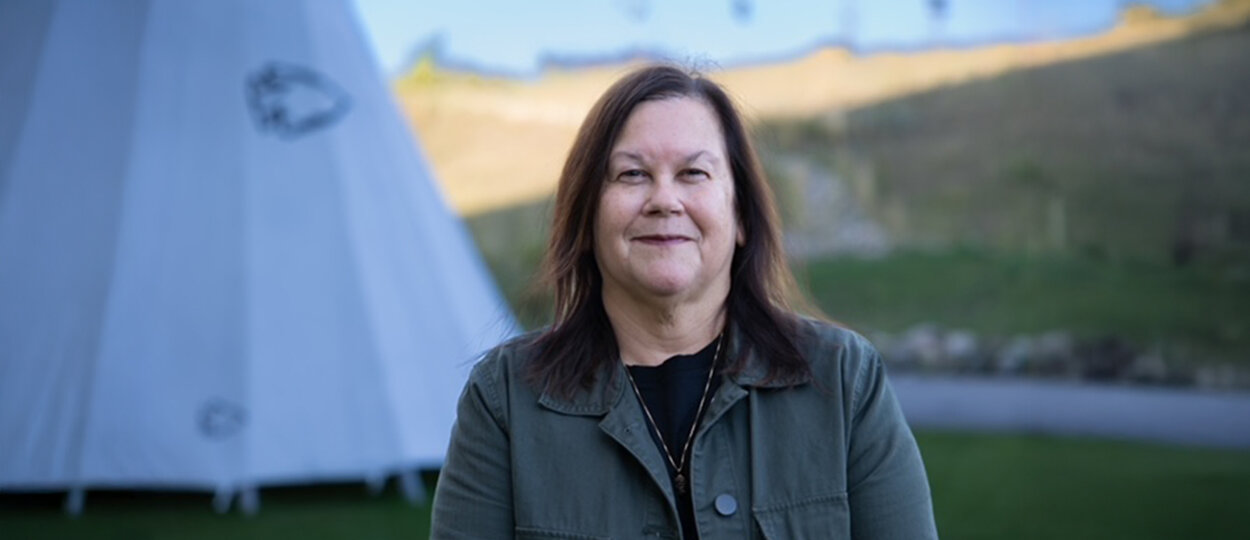During Deborah Emery’s 40-year pharmacy career, she provided care in Sioux Lookout, Thunder Bay and Manitoulin Island
Throughout Deborah Emery’s pharmacy career, she has served patients from remote communities in northern Ontario and developed programs to help hospitals provide high-quality pharmacy services for their patients.
Emery, a member of Wikwemikong First Nation on Manitoulin Island, practised hospital pharmacy for nearly 40 years and cared for many Indigenous patients, but it wasn’t until she joined the board of the Indigenous Pharmacy Professionals of Canada (IPPC) as treasurer that she realized there were other Indigenous hospital pharmacists in Canada.
“When I started practising in the 1980s, pharmacists didn’t necessarily advertise that they were First Nations or Indigenous because it wasn't widely accepted. It was a different generation,” she says. “I'm glad to see this is changing. I always thought I was alone in hospital pharmacy, and then I realized there were more Indigenous pharmacists, and I thought, wow, this is awesome.”
Emery grew up in Toronto and graduated from the University of Toronto with a Bachelor of Science in Pharmacy in 1984. Her first roles after graduating were in a hospital pharmacy in Hamilton, where she stayed for a few years.
She then moved to Sioux Lookout, a small community in northwestern Ontario, about halfway between Thunder Bay and Winnipeg, Manitoba. She became a pharmacist at the Sioux Lookout Zone Hospital, which primarily served the Indigenous population of Sioux Lookout and the surrounding area, as well as the fly-in First Nations communities in Ontario’s north. The hospital has since been closed and replaced with the Sioux Lookout Meno Ya Win Health Centre, a modern hospital that serves the entire community.
After three years in Sioux Lookout, Emery moved to Thunder Bay to work as a pharmacist at Thunder Bay Regional Health Sciences Centre (TBRHSC), where she held progressively senior roles in the hospital pharmacy and pharmacy management. During her more than 20 years in Thunder Bay, she helped start a telepharmacy program to help provide pharmacy services to smaller hospitals in the region that didn’t have a fulltime pharmacist on staff. She also helped to launch a retail pharmacy in the hospital’s cancer centre to help provide better care to patients receiving cancer treatment.
Emery spent most of her career working in northern Ontario hospitals. She says she enjoyed living in communities close to nature and serving the patients who lived in and around those communities. But practising pharmacy in remote areas often posed unique challenges. The conditions for patients at Sioux Lookout’s segregated hospital had deteriorated over the years, and the remote locations where she practised could make it difficult to access the medications patients needed.
“Transportation and delivery of some medications up north could be a significant challenge because of the remoteness and unpredictable weather,” she says. “The Thunder Bay hospital was the only acute care hospital in the region, so if medications were delivered to the wrong place or otherwise delayed, we couldn’t borrow from another centre. That was a big challenge for us.”
Health care becoming more welcoming to Indigenous cultures
In 2019, Emery retired from the TBRHSC pharmacy and moved to Manitoulin Island to be closer to her aging parents. She still practises pharmacy part-time at Sweetgrass Pharmacy and Compounding, an Indigenous-owned compounding pharmacy on the reserve of M'Chigeeng First Nations on the north shore of Manitoulin Island. The pharmacy is open to everyone, though most of the patients are Indigenous. With a staff of Indigenous pharmacists and pharmacy assistants, the pharmacy also provides role models for local youth.
“We’re growing our own pharmacy professionals, and it’s rewarding to show young people in the community that there is a place for them in the profession.”
“One local student had a co-op placement at the pharmacy and then decided to pursue a pharmacy technician diploma,” says Emery. “We’re growing our own pharmacy professionals, and it’s rewarding to show young people in the community that there is a place for them in the profession.”
Emery says that for most of her career, pharmacists and other health care providers often didn’t disclose their Indigeneity or include Indigenous ways of knowing in their practice, especially in a hospital setting, though Emery would often greet Indigenous patients in their own language when she could.
But things are starting to change. Sweetgrass Pharmacy, for example, has a distinctly Indigenous perspective combined with Western medicines. And hospitals like TBRHSC, which serve a large Indigenous population, are working to make the hospital a more welcoming place for Indigenous patients. TBRHSC recently built a tipi to serve as a cultural space and planted a healing garden with traditional Indigenous medicines. It also connects Indigenous patients to healers and cultural ceremonies like smudging. And the IPPC is helping to build connections among Indigenous pharmacy professionals to decrease the feeling of isolation and increase knowledge sharing.
With this momentum, young Indigenous people have more opportunities to find careers in health care that include their Indigenous cultures, and Emery encourages students to think about pharmacy as a way to make a difference in their home communities.
“Health care in general, and pharmacy in particular, is a great career for people who are science-minded but also want to work closely with people, and it’s something that they can do in their home communities,” she says. “There’s a great need for pharmacists and health care providers in remote and Indigenous communities, and this is a career where you can come back and make a real difference.”
More News
Image

Pharmacy alum sees change in acceptance of Indigenous cultures in health care
During Deborah Emery’s 40-year pharmacy career, she provided care in Sioux Lookout, Thunder Bay and Manitoulin Island.
Read More
Image

Grad to Watch: Jackie Fule Liu’s research focuses on better outcomes for diabetes patients
A recent PhD graduate, Jackie Fule Liu combines hands-on skill and big-picture thinking to help tackle diabetes care challenges.
Read More
Image

U of T community members recognized with Order of Canada
Congratulations to Dean Emeritus and Professor K. Wayne Hindmarsh on his appointment.
Read More
